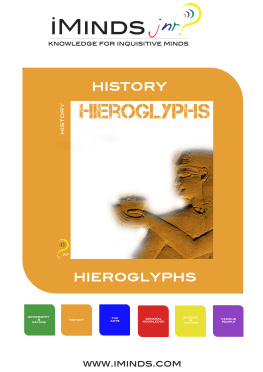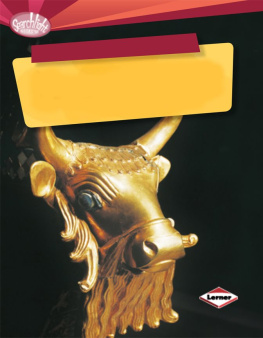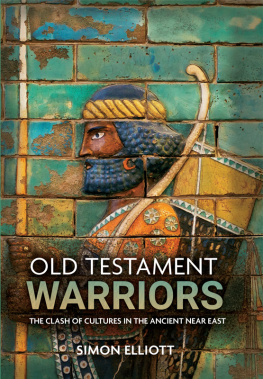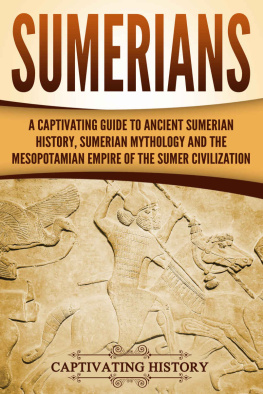Title Page
ALL ABOUT
MAGNIFICENT MESOPOTAMIANS
P S Quick
Publisher Information
Published in 2014 by
Andrews UK Limited
www.andrewsuk.com
The right of P S Quick to be identified as the Author of this Work has been asserted in accordance with the Copyright, Designs and Patents Act 1998
Copyright 2014 P S Quick
All rights reserved. No part of this publication may be reproduced, stored in a retrieval system, or transmitted, in any form or by any means without the prior written permission of the publisher, nor be otherwise circulated in any form of binding or cover other than that in which it is published and without a similar condition being imposed on the subsequent purchaser. Any person who does so may be liable to criminal prosecution and civil claims for damages.
Introduction
This book, filled with amazing facts and photographs, describes what life was like for ancient Mesopotamians. It gives an in-depth account of all aspects of life and people of the time - including sections about the Sumerians, Akkadians, Babylonians, Assyrians, mythology, gods, famous people, everyday life and much more!
The All About series is an educational collection of books from P S Quick, and is targeted to interest 7 to 11 year olds - but will fascinate readers of all ages. At the end of each book there is a quiz section for the reader, featuring 150 questions and answers.
Ancient Mesopotamia
Ancient Mesopotamia was home to the earliest civilization in history and dates back over 6000 years. It was the land that we know today as Southern Iraq.
The word Mesopotamia comes from the Greek words mesos and potamos translated as middle and river. The word Mesopotamia means the land between two rivers. These two great rivers were the Tigris and the Euphrates.
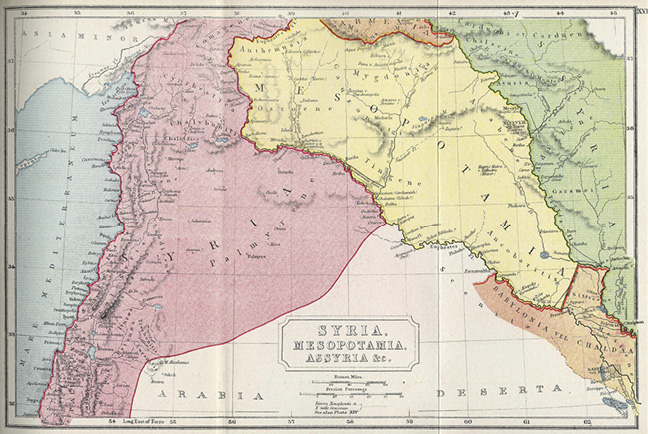
Map of Mesopotamia from the Atlas of Samuel Butler
Mesopotamia was not just one country but an area where varied cultures developed rapidly and successfully to create a number of empires. These included the Sumerians, Akkadians, Babylonians and Assyrians.
It is often referred to as the cradle of civilization because it was the place where society, as we know it today, began to take shape. It was here that the nomadic tribes who had roamed the land as hunter gatherers 8000 years ago began to farm, domesticate their animals, build villages and live together with a common language and traditions. It is amazing to discover that the wheel had been invented here by 3000 BC. Our modern counting system, a form of writing and also many other inventions that have helped shape our world today came from Mesopotamia.
Landscape and Resources
Ancient Mesopotamia was bordered by the Zagros Mountains in the northeast and the Arabian plateau in the southeast. It was part of what was later known as the Fertile Crescent. The Tigris and Euphrates rivers rise in eastern Turkey and flow through the area then unite before reaching the Persian Gulf. These rivers and their many tributaries provided fresh water to drink, fish to eat and also places to bathe.
Although the climate was dry, apart from the seasonal rainstorms, fertile soil was washed from the mountains by the rain and deposited onto the floodplains between these rivers and their tributaries. This soil was easily cultivated and crops grew well.
In winter and spring this land was flooded and was often dangerous but the people who lived along the banks of the rivers created ways to control the water in order to protect their people. They built dykes and canals to fortify the vulnerable areas. They created systems such as reservoirs to store water for when it was needed in the dry season and dug channels to carry the water to irrigate their crops when there was no rain.
The area offered few resources such as timber, metal or stone but the deposits of clay were used for building. However, often there was a surplus of food which was used to trade with neighbouring communities for the commodities that were needed.
The trade routes from Africa and Europe into Asia passed through Mesopotamia because there was no real challenging landscape to cross. With many people passing through their land the Mesopotamians were often influenced by external ideas. Sometimes they had no choice but to accept change. Neighbouring people such as the Egyptians and Hebrews were influenced by the culture of the Mesopotamians.
The Sumerians
5000 BC - 2330 BC
Historians believed that nomads settled on the fertile land between the two rivers around 5000 BC building permanent houses using sun baked bricks made from mud and straw. Clusters of these houses began to form the first villages, large towns and eventually cities of the Sumerian people around 3200 BC.
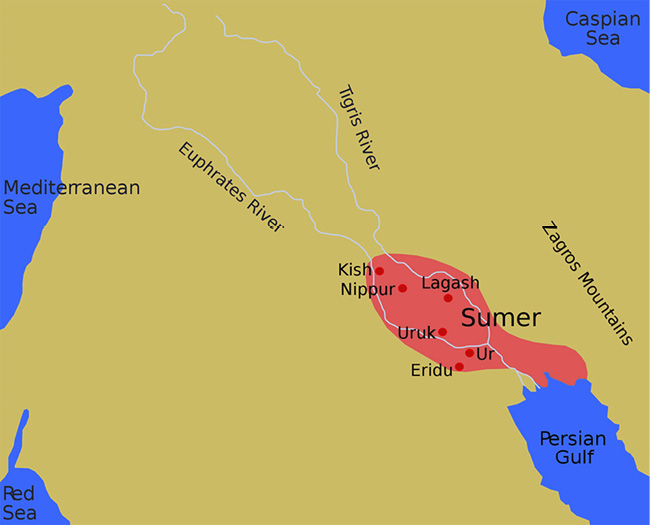
The ancient kingdom of Sumer
As time went by the Sumerians created powerful city-states which were made up of a main city together with other towns and the farmland that surrounded them. Walls were built around the cities for protection and people left the farmland to return to the safety of the city when invaders attacked.
By 3500 BC many city-states existed in lower Mesopotamia. Some of the most powerful were Ur, Uruk, Sippar, Bad-tibura, Shuruppak, Lagash and Eridu which is one of the oldest cities in the world. Eighteen Sumerian cities have been found, mostly concentrated along the banks of the Euphrates River and its irrigation canals. The period after 3500 BC was the time when the Sumerian kingdom reached its peak.
At times city-states fought each other and some became more dominant than others. There were also wars with foreign invaders. Wars were fought over resources such as trade routes but also because a leader wanted to gain more power and prestige.
Two cities had great importance at this time. Home to the sun god Enlil was a temple in Nippur and a king who had control here was highly regarded, especially as lots of people made pilgrimages to honour this god. Kish was also important because it was ideally situated to the north of the Sumerian state where a ruler could control the Akkadian state more easily.
King Gilgamesh
Gilgamesh was the famous Sumerian king said to have lived around 2700 BC and thought to be its fifth king. The Sumerians passed information about him from one generation to another by oral storytelling but in later times the Epic of Gilgamesh was recorded by a Babylonian scribe.
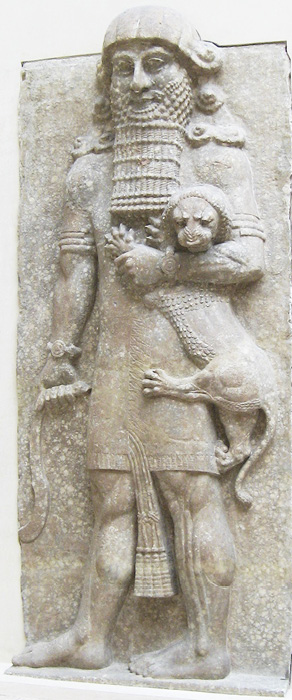
Gilgamesh, King of Uruk
It is famous for being one of the oldest stories ever written down. Originally it was written upon twelve clay tablets in the Akkadian language and was only translated in 1872 AD by the archaeologist George Smith.
The legend tells how Gilgamesh, king of Uruk, was a powerful man, thought to be part human and part god, who treated his people harshly. The gods created a wild man to challenge him but he encouraged a woman to tame this man and eventually they became friends. Gilgamesh and his friend called Enkidu then set off on a series of adventures together. First they went to the Cedar Mountain to defeat Humbaba, the monster who guarded it. They also killed the Bull of Heaven but the gods killed Enkidu in revenge.
Saddened by the death of his friend Gilgamesh set out on a journey to discover the secret of eternal life. The journey was fraught with danger and he had many adventures and met many people. He finally learned that no one can escape death.
Next page

